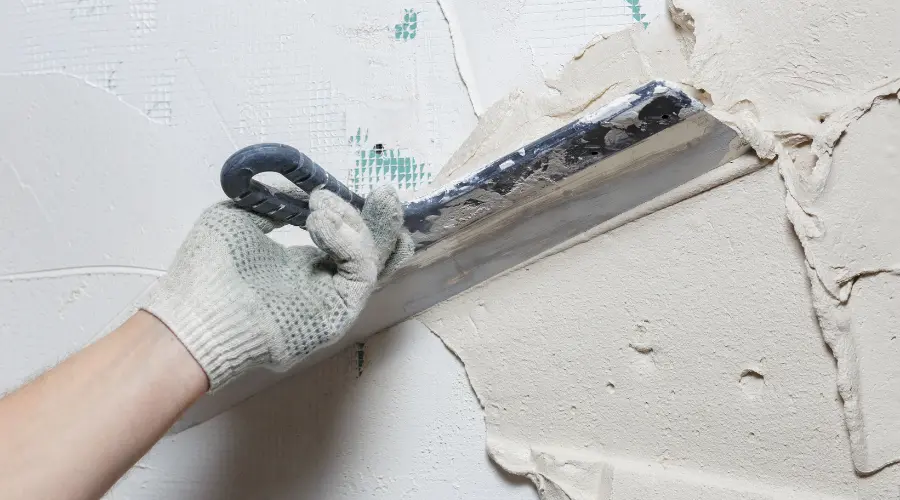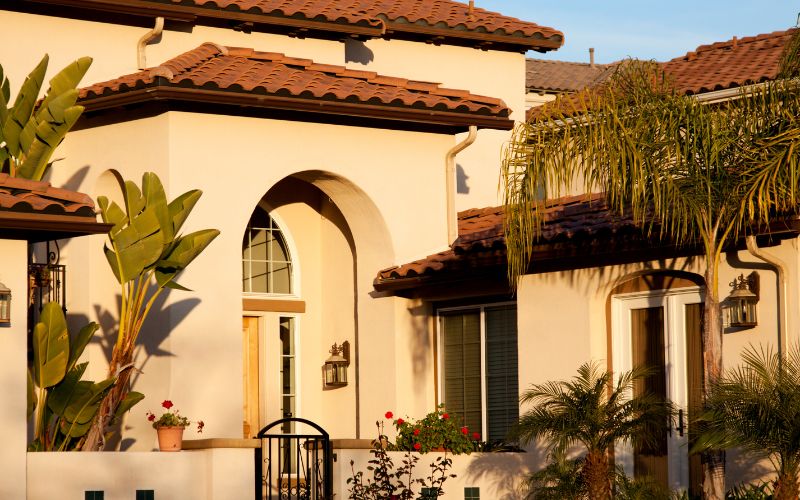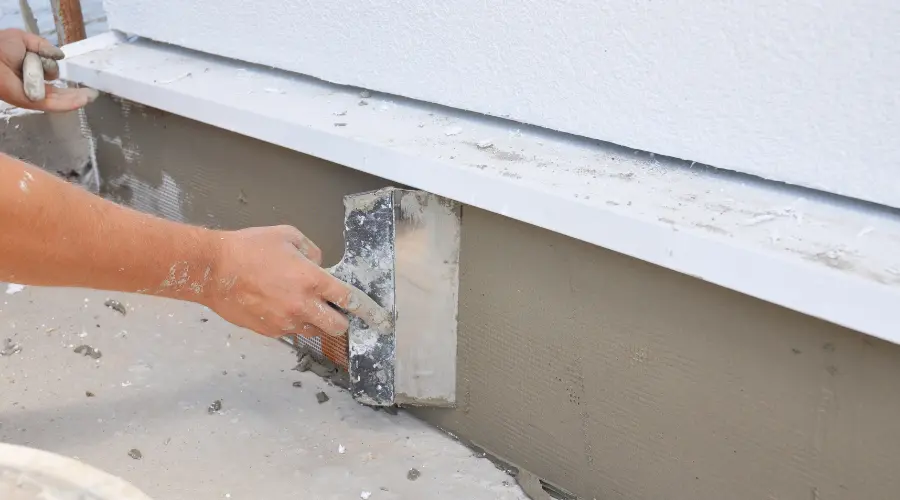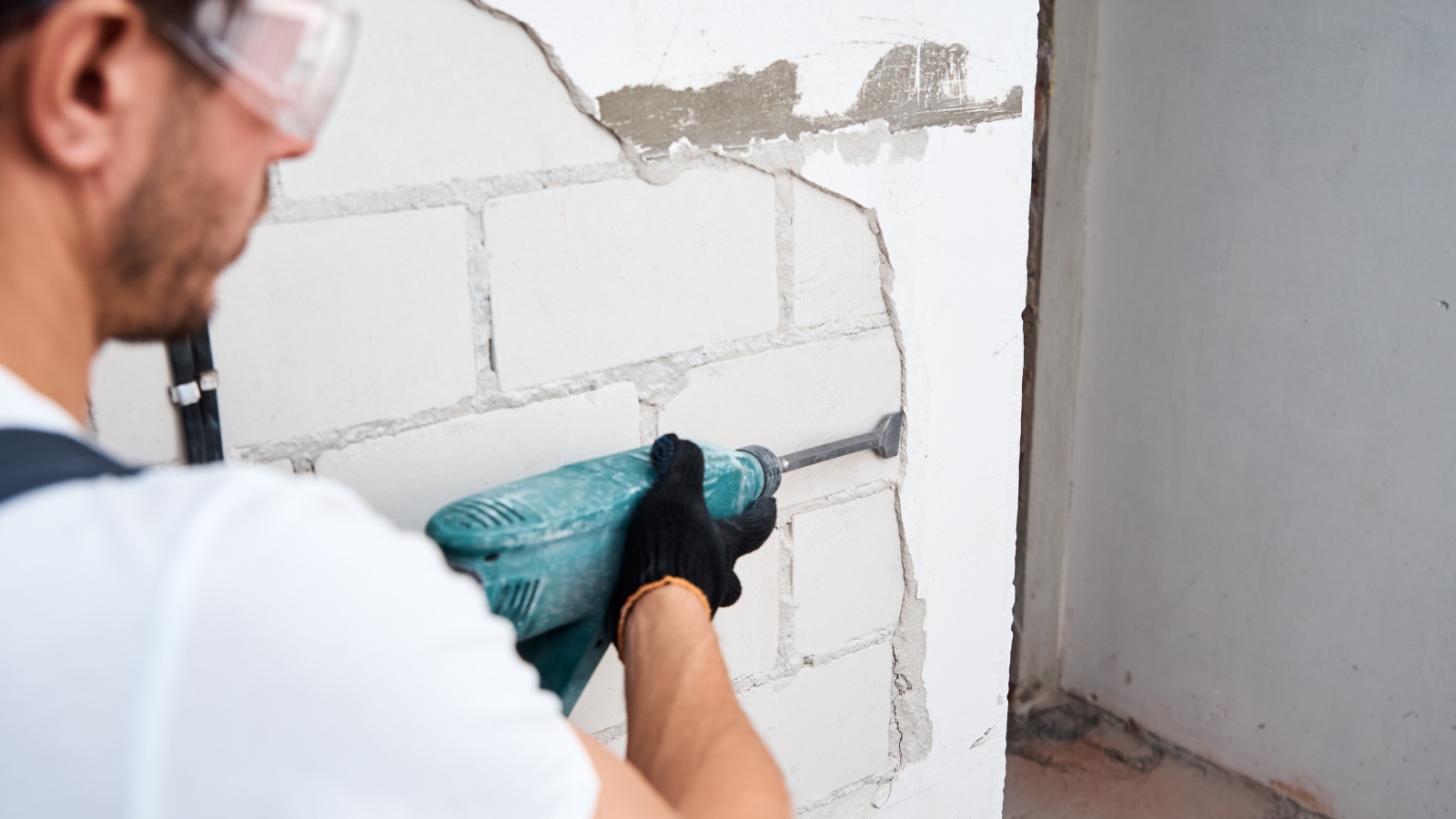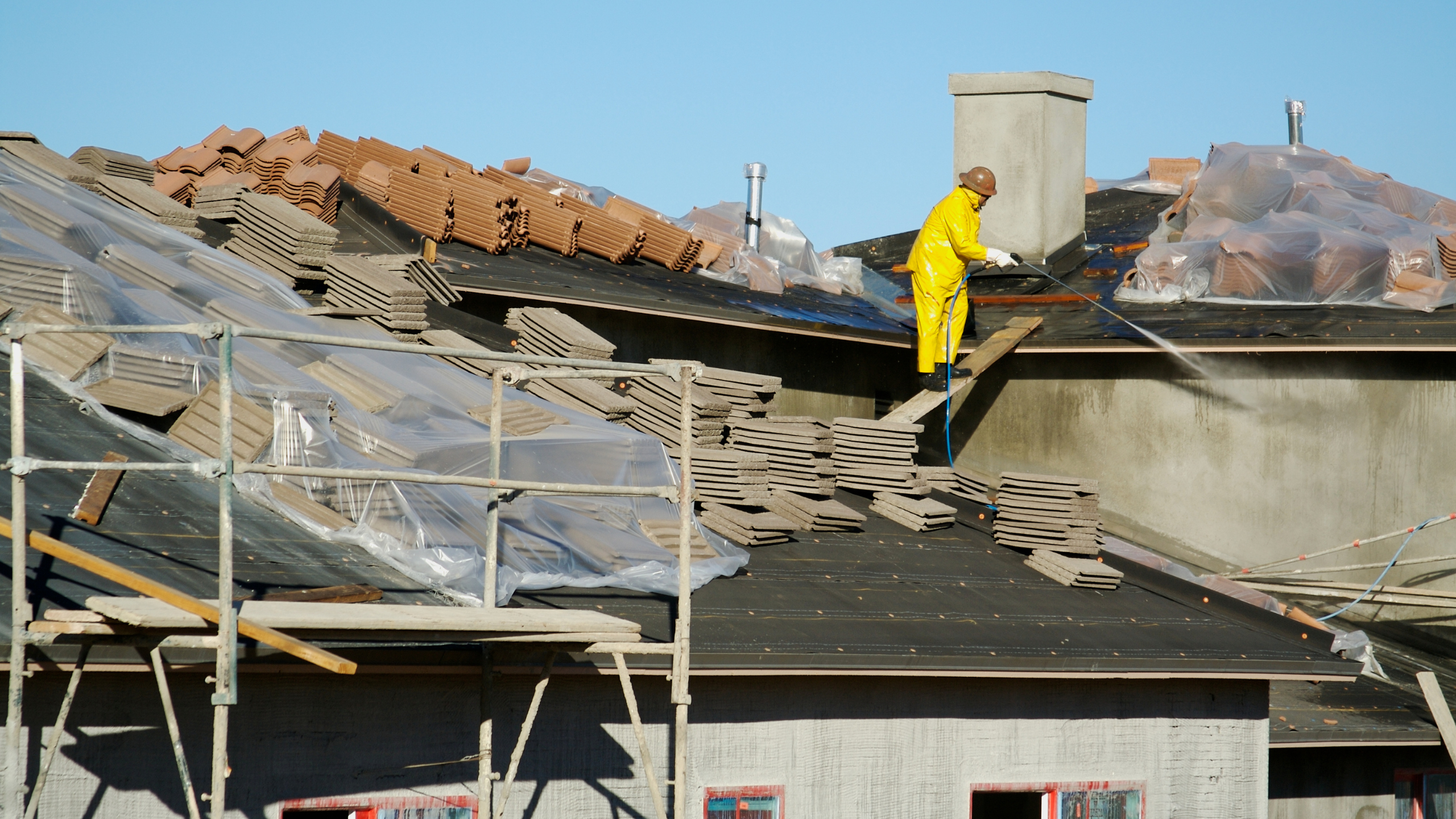Stucco is a popular and economical exterior and interior wall coating. The material is available in many colors and may be applied to any wall, including brick, block, and stone.
Stucco is a smooth-finished sand and cement combination. This material is easy to apply and is waterproof and scratch resistant.
Roofs benefit from stucco as well. It has a high R-value, which means it keeps heat in during the winter and out during the summer, and it is simple to maintain.
Stucco is a flexible construction material that may be utilized for both residential and commercial structures. Consider the following factors when using stucco as an external or interior wall finish.
1. Spring Stucco Cleaning
Stucco is a porous substance. Thus you must clean it thoroughly. The spring is the optimum time to clean the material.
The higher spring and summer temperatures will aid in opening the stucco pores. You may prevent the headache of cleaning the stucco material in the autumn by washing it in the spring.
2. Use a Special Stucco Cleaner
Stucco is often comprised of sand and cement. The sand will wear away with time, and the cement will deteriorate.
To ensure that the stucco is mold-free, use a specific cleaning.
Stucco cleansers come in spray and powder versions. Follow the manufacturer’s directions and use the proper quantity of cleaning agent.
3. Apply Stucco Primer Before Stucco
Because stucco is porous, it will absorb water. If the stucco absorbs too much water, it will begin to break down. You don’t want the stucco to rot or be harmed.
To avoid this, use a stucco primer before applying the stucco. A stucco primer will aid in the absorption of water, preventing it from being absorbed by the stucco.
The primer will also aid in the sealing of the stucco’s pores. You won’t have to wait for the primer to dry before applying the stucco.
4. Inspect the Stucco Sealer
Stucco is a porous and absorbent substance. This material must be sealed on a roof to keep moisture out.
To waterproof stucco, stucco sealant may be applied. The stucco sealer will aid in increasing the stucco’s weather resistance.
Stucco sealer comes in many colors. You should be able to choose a stucco sealer that complements the outside or interior paint color of your home.
5. Stucco-coat the home’s exterior.
For external walls, stucco is a fantastic material. By doing so, the home will be kept dry and free of dampness. Additionally, the stucco will help keep the home cool in the summer.
Late spring or early autumn are good times to apply stucco to a home’s exterior. The same stucco that you would use for internal walls should be used for exterior walls.
A stucco primer and sealer may apply the external stucco material in a single application.
The outside of your property might be finished with stucco, a flexible building material. To get results that endure longer, thoroughly clean the stucco and use the right primer and sealant.


